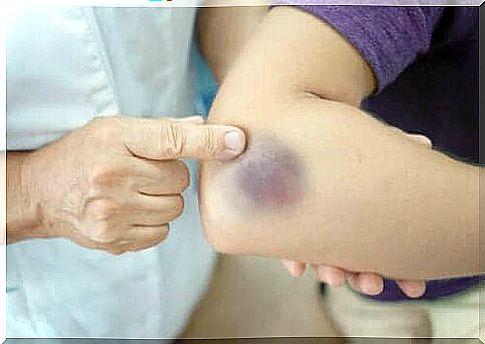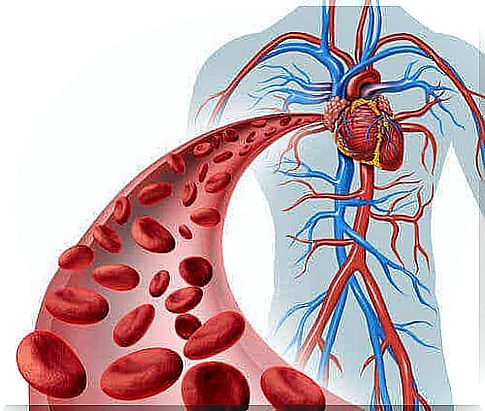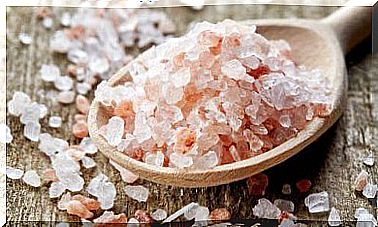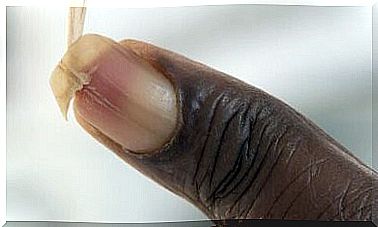Henoch-Schönlein Purple Properties

Henoch-Schönlein purpura is an autoimmune disease of blood vessels, the cause of which is not yet known. It was first described by Johann Lukas Schönlein in 1860 in collaboration with his teacher Eduard Heinrich Henoch. However, its etiology remains unclear.
This disease is much more common in childhood. In addition, it is estimated to affect an average of 10-20 children per 100,000 each year. Boys have a higher risk of developing this than girls.
This disease occurs when the immune system no longer functions properly. An antibody protein called immunoglobulin A (IgA) starts to build up in the blood vessels and triggers certain symptoms.
Henoch Schönlein’s purple is also known as:
- Schönlein purple
- IgA vasculitis
- Anaphylactoid purpura
- Purpura rheumatism
- Schönlein – Henoch purple
What is Henoch-Schönlein Purple?

Henoch-Schönlein purpura is a disease in which small blood vessels become inflamed and irritated. This condition is known as vasculitis and mainly affects the skin, but can also affect the intestines and even the kidneys.
In many cases, this disease is preceded by a bacterial or viral infection of the upper respiratory tract. Whether it is a sinus, throat or lung infection.
There have been some reports of the disease occurring during the use of certain medications, insect bites, certain types of food, or after vaccinations. However, these cases are not common.
This disease requires a clinical diagnosis based on its main features:
- Rash
- Inflammation and pain in the joints
- Difficulty digestion
- Kidney problems
Rash
Individuals with Henoch-Schönlein purpura experience skin symptoms (80-100% of cases). The most typical is a collection of purple dots that are similar to the bruises that usually appear on the buttocks, legs, and soles of the feet.
In some rare cases, bruising also occurs on the face, ears, arms, and back. It is common for excess fluid in the scalp, hands, feet, face, and scrotum to cause swelling. Fluid-filled or blood-filled skin vesicles are rare in children, but common in adults.
Inflammation and pain in the joints

Joint symptoms occur in 40-75% of cases. In practice, this means inflammation and pain in the joints (arthritis). This occurs mainly in the knees and ankles.
Joint problems appear 1-2 weeks before the onset of skin symptoms, in about 15-25% of cases. This type of arthritis is temporary and usually disappears within a few days. In fact, it leaves no deformities or other after-effects.
Digestive system problems
Gastrointestinal problems occur in 50-75% of cases. In addition, the most common manifestations are abdominal pain, which occurs in up to 85% of patients. In only 14% of cases does it occur before the skin symptoms of the disease and often make it difficult to make a diagnosis.
In half of the cases, there is blood in the stool. Other symptoms such as nausea and vomiting are also common. Gastrointestinal bleeding, encephalitis, ulcers, perforations, and acute pancreatitis also occur in a small proportion of cases.
Kidney problems
Renal events occur in 20-50% of cases and in 75-80% of patients during the first month and in 97-100% of cases over the next three months. Kidney problems determine the severity of the disease and its long-term prognosis.
In practice, this causes hematuria (blood in the urine) and proteinuria (protein in the urine). Finally, the condition can lead to various nephritic syndromes if kidney problems progress. In turn, they can lead to kidney failure within 10 years in 50 percent of those affected.









